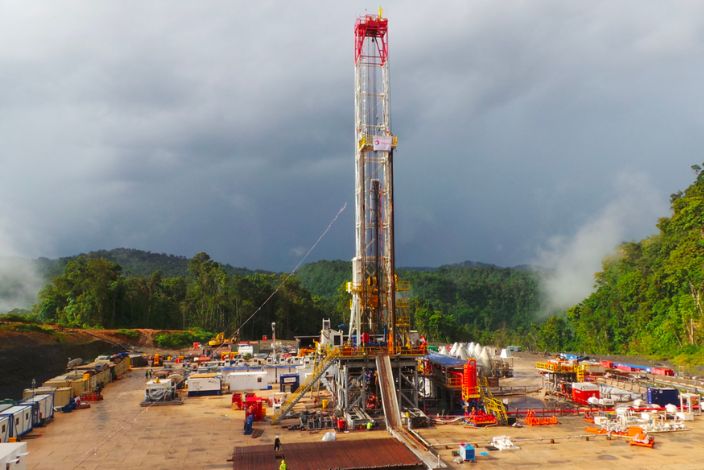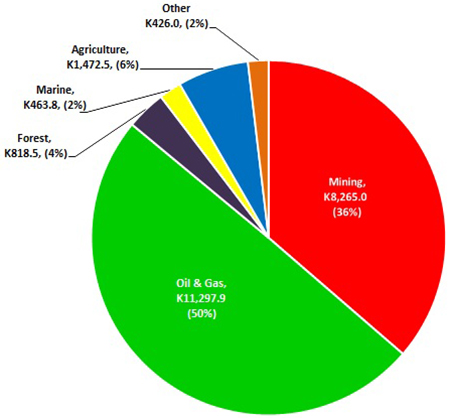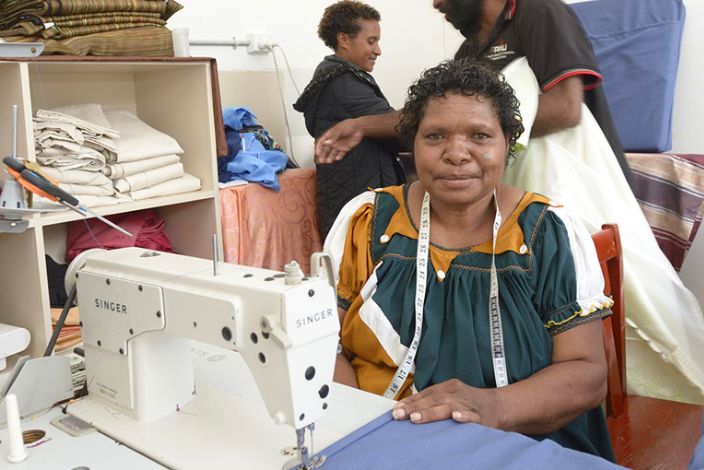OUR RESOURCE INDUSTRY
MINING PROJECTS AND THEIR IMPACT
For many years, mining projects have been the backbone of Papua New Guinea’s economy, bringing significant social and economic benefits to both the government and the people. Our country has a notable history of successful exploration, leading to world-class mines. Moreover, there are several major potential mineral developments lined up for the future.


ENERGY SECTOR'S CONTRIBUTION
The PNG economy received a substantial boost with the start of the US$15 billion PNG LNG Project construction in 2010 and the commencement of liquefied natural gas exports in May 2014. This project has been a significant milestone in the country’s economic development.
Industry Benefits
Mining and energy industry significantly contributes directly and indirectly
PNG’s economy is highly reliant on the resources industry – more so than any other resources jurisdictions. The mining and energy industry in PNG significantly contributes directly and indirectly to State revenues, whilst also delivering wide-ranging socio-economic benefits to the people of PNG.
Economic Contributions
The minerals and energy industry have long played a vital role in Papua New Guinea’s economic development.
The industry contributes 26% of PNG’s GDP and around 84% of the Nation’s export revenue which totalled K23 billion in 2017.
The financial contribution of the resource sectors to the PNG economy can be broadly divided into two categories:
- Direct revenues – comprising company tax, royalty, dividend withholding tax, salary and wages tax, foreign contractors tax, duties, production levy, development levies and dividends paid to the government and landowners if holding an equity interest in the project, and
- Indirect revenue – comprising of tax credit scheme projects, special support grants and development levies, employment, education and training, public health programs, business and agricultural development, and community infrastructure.

Social Contributions

Minerals and Energy companies invest millions of Kina in community development programmes in their host communities and provinces. These include infrastructure for health, education, law and order, and agriculture as well as numerous programmes in health care and medical outreach, scholarships and student support, agriculture outreach, law and justice, and landowner business development.
Health Programs
- Management, administrative support and training, and funding for major hospitals and health centres.
- Logistic support and funding for community health centres and aid posts.
- Medical patrols, medivacs, immunisations, and delivery of medical supplies.
Education and Training
The resource sectors also run extensive education and training programmes for host communities and employees. These programmes include:
- Training for all employees, operators, graduates, apprentices and trades personnel.
- Scholarships for employees and communities to universities, technical and business colleges, vocational centres, and schools.
- Support and funding for schools, Flexible Open Distance Education centres, and vocational schools Teacher training.
Agriculture and Livelihood
The resource sectors are also engaged in many different programmes to support and promote food security and commercial agriculture.
Business Development
The industry also helps establish and support landowner companies and other PNG-based businesses. These companies provide services to the project sites such as: labour hire, janitorial services, catering, security, earth moving, freight and logistics, and transportation.
Law and Justice
Law and justice programmes supported by the projects include family and sexual violence, and community law and order programmes.
Tax Credit Scheme (TCS)
Community infrastructure funded under the TCS is wide-ranging and includes:
- Roads and bridges
- Hospitals and health centres
- Schools and teachers houses
- Water and power infrastructure
- Police stations and barracks
Employment
The resource sectors directly employ over 20,000 people. Many more are employed in businesses that depend on the resource sectors including landowner businesses which are estimated to employ nearly 30,000 people.
If you want to find out more about these contributions, you can see it in detail in this downloadable factsheet.

